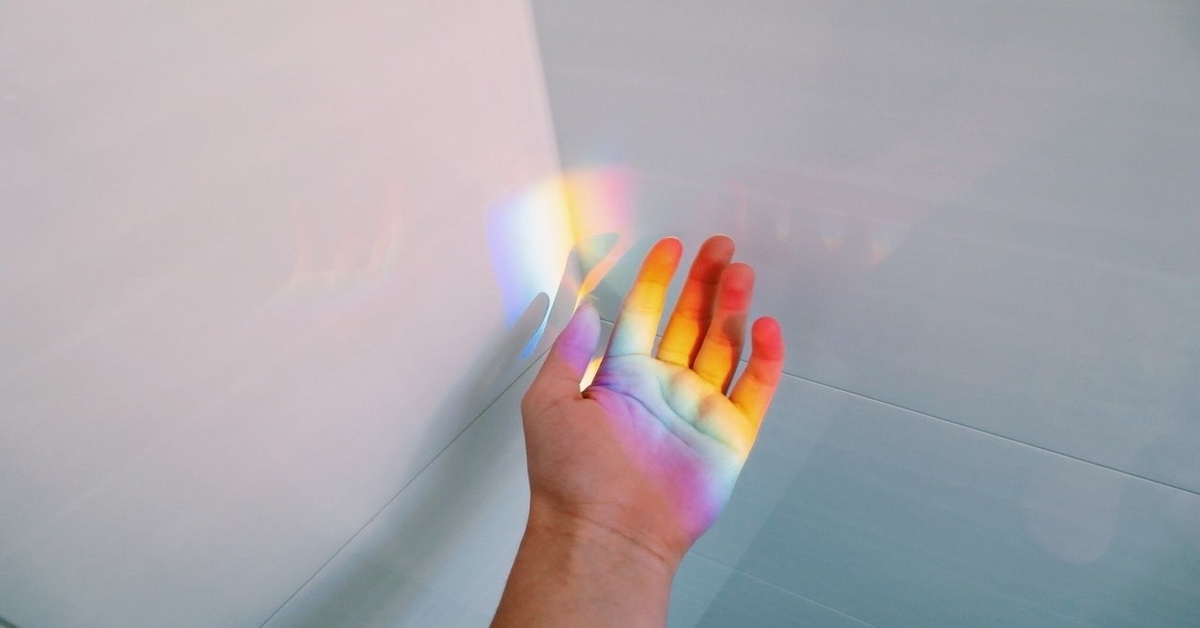When you look up at the sky and spot a glistening rainbow after the rain, in your head you might read off the spectrum of colours you see as red, orange, yellow, green, blue, indigo and purple.
But did you know that some languages don’t really bother with the colour terminology of ‘blue’ and ‘green’? Some also lump both ‘blue’ and ‘green’ together!
This has coloured some linguists surprised, and they want to get to the bottom of it.
A spectrum of languages.
Published in Scientific Reports, an international team of evolutionary linguists found evidence for an unexpected answer: humans with a larger exposure to sunlight are more likely to speak languages that lump blue and green together.
‘Grue’ is what the linguists call it.
Due to the effects of a lifetime of light exposure, the researchers suggest that people in extremely bright regions develop a condition called ‘lens brunescence’ over time, making it hard to differentiate between the two hues.
They painstakingly gathered data from 142 populations on every continent except Antarctica, encompassing common languages such as Korean and Spanish, to those spoken by just a very small population in Australia and the Amazon. In regions that were closer to the equator or had less annual cloud cover, for instance Central America and East Africa, languages used there were less inclined to set apart ‘green’ and ‘blue’. The pattern that emerged showed that long periods of bright light exposure edges communities away from incorporating a blue-green distinction into their language.
During their study, they have also considered other main theories as to why some languages don’t separate ‘green’ from ‘blue’. Two of them found some support: Living near a lake increased the chance of having a separate word for ‘blue’, so did living in a bigger society. That means visual perception, culture and environment all play a huge part in moulding how a language carves up the colour spectrum.
How well do we know ourselves?
It’s interesting to find out why some languages develop in a certain direction, whereas another takes a completely different path.
With more studies like this looking at the big picture, we would be able to better understand our evolutionary traits and ultimately understand ourselves better.






























